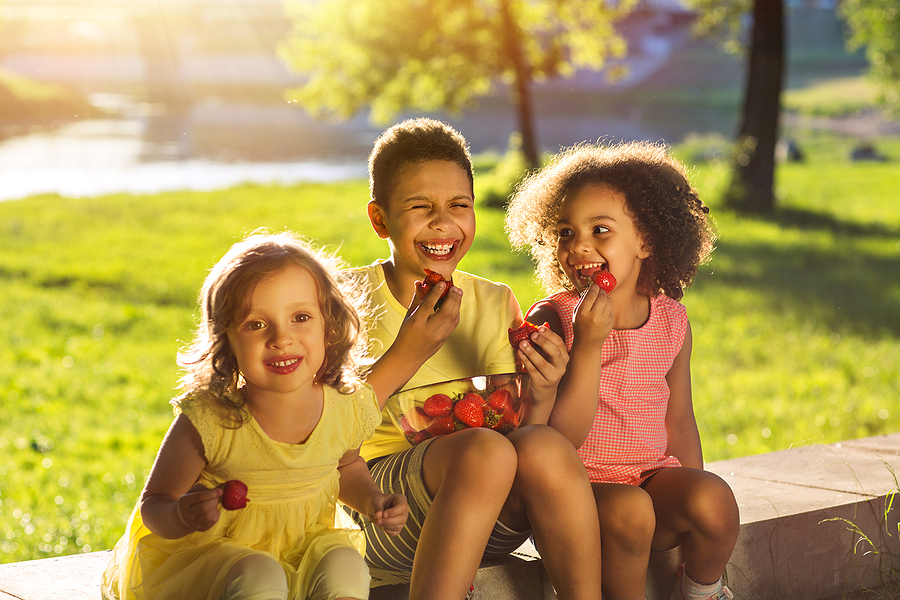
Getting healthy food images to stick in young people’s minds? Try using strategies from snack ads!
Unhealthy food marketing often uses emotional and social strategies, resulting in memorable advertisements that appeal to young consumers. Although promising, these strategies are rarely used for promoting healthy food. To encourage healthy lifestyles and prevent obesity, a study in International Journal of Advertising examines how pleasurable emotional and social appeals can create memorable promotions for healthy foods among children and teens. Results show that youth, and especially teens, remember healthy food marketing featuring large social groups sharing healthy meals.
Take aways
-
Social eating contexts are popular strategies which promote snacks and unhealthy foods. This strategy can also be used to stimulate the consumption of healthy foods.
-
If you wish youth to remember the healthy foods you are promoting and start eating healthier, it is most effective to show them shared healthy meals being consumed in groups, especially in large groups.
-
Adolescents (13–18 years old) especially remember better the food advertisements featuring social eating contexts.
-
These social appeals make the pronutritional messages more memorable. In the long term this might have a positive influence on young consumers’ diet and well-being.
Study information
Who?
288 youngsters (mean age: 12, age range: 7-18, 53% female)
Where?
The Netherlands
How?
The children viewed images showing young people eating healthy fruit and vegetables. The images differed in how the models were shown (the social appeal): alone, with intimate friends or with a large group. The pleasurable emotional appeal was depicted by phrases like 'Finger licking good'! There was also a more rational (‘utilitarian’) appeal, using phrases such as 'All necessary vitamins!'. After viewing all images, participants listed as many of them as they could remember – both freely and aided with memory cues.
Facts and findings
-
Over 75% of the social appeal images were remembered, most often the social appeal featuring large groups.
-
Teens (13–18 years old) remembered more images featuring social eating contexts than preteen children (7–12 years old). An explanation might be that adolescents are more susceptible to social group influences.
-
Surprisingly, the participants remembered the rational ‘utilitarian’ appeal better than the emotional ‘pleasurable’ appeal. A reason for this might be that the participants felt that the rational appeal was a better match with the healthy food. Promoting healthy foods through pleasurable appeals might have caused a mismatch, because people do not expect fruit and vegetables to be ‘finger licking good’ and are more used to rational associations in healthy food promotion.